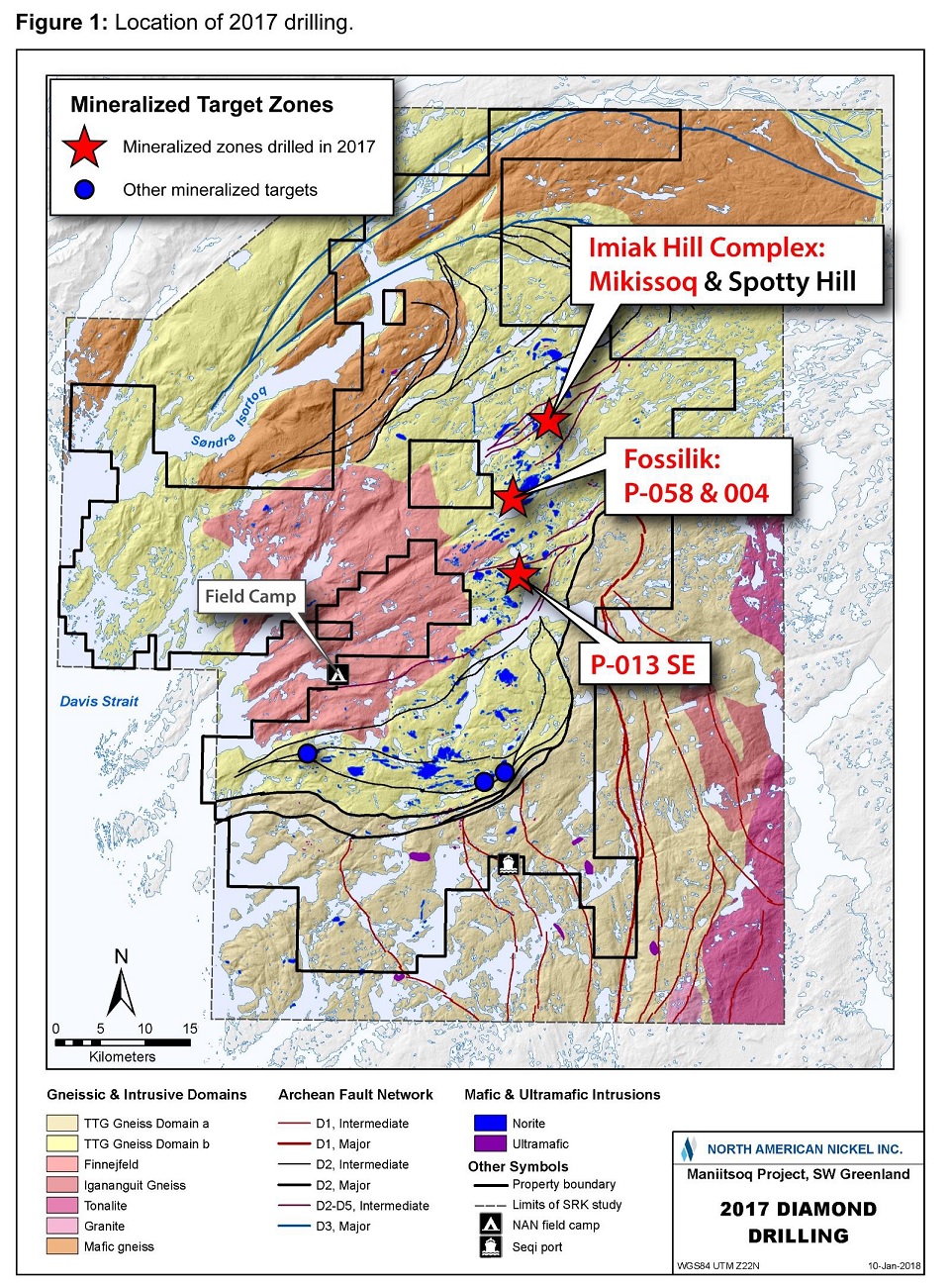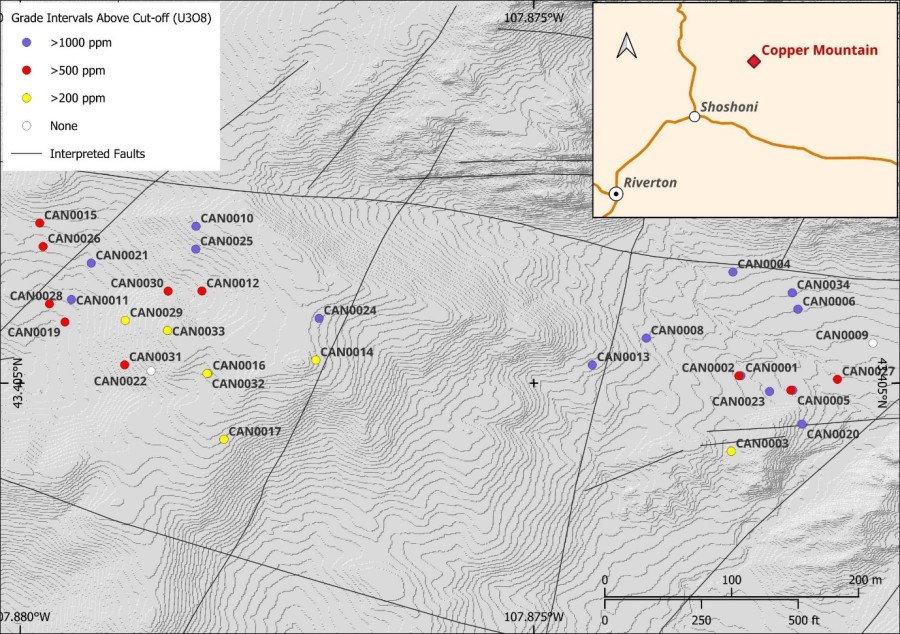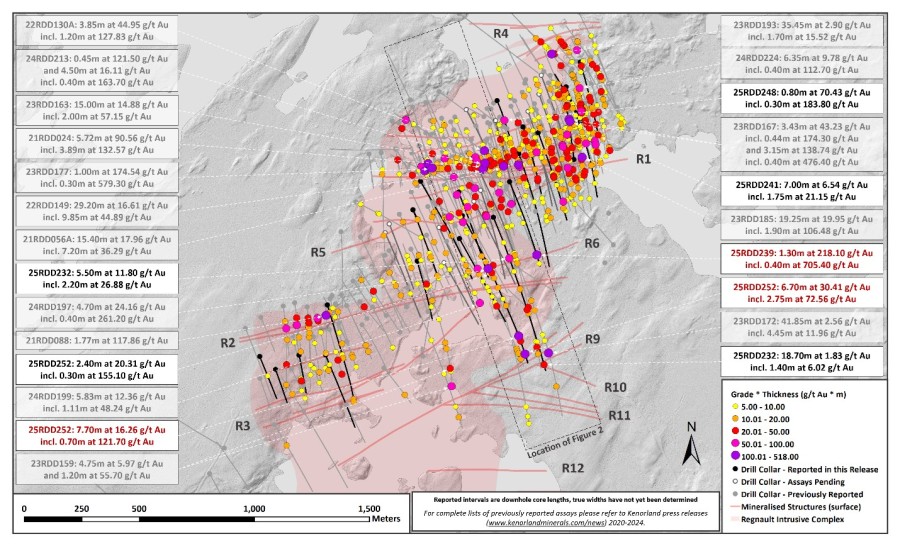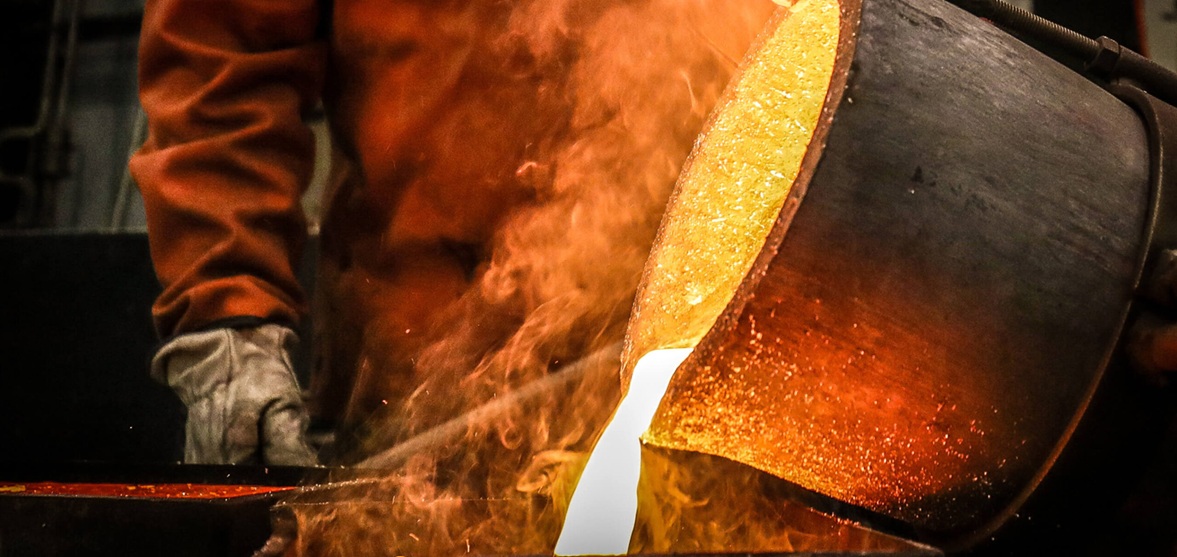VANCOUVER, British Columbia, Jan. 17, 2018 (GLOBE NEWSWIRE) -- North American Nickel Inc. (TSX VENTURE:NAN) (OTCBB:WSCRF) (CUSIP:65704T 108) (the "Company" or “NAN”) is pleased to provide an exploration update and summary of significant results on its 100% owned Maniitsoq nickel-copper-cobalt-PGM project in Southwest Greenland.
In 2017, the Company implemented an $11.1M exploration program consisting of 8,767 metres of diamond drilling in 23 holes, two regional and four detailed induced polarisation (IP) surveys covering 13km2, surface and borehole electromagnetic (EM) surveys, borehole gyro, optical televiewer and physical properties surveys, a comprehensive review of geochemistry and petrology of the noritic intrusions, a surface geology sampling and mapping program, and 3D modeling of the mineral zones.
PROJECT HIGHLIGHTS
- In 2017, the Company continued its systematic evaluation of the depth extent of known mineral zones to identify thicker and more extensive sheets of breccia-style mineralization. This work continues to advance the understanding of the host intrusions and refine geophysical targeting tools. The result has been the intersection of significant nickel-copper sulphide mineralization at multiple locations.
- The Mikissoq zone was extended by 60 meters down plunge; the P-013 SE mineral zone was extended for 140m down-plunge and the P-058 zone at Fossilik was extended to a vertical depth of 650 m. Extensive zones of melanorite were mapped in the footprint of the mineral zones of the Imiak Hill Complex (IHC) as well as Fossilik.
- Petrological and geochemical studies of the differentiated mafic intrusions underscores the importance of melanorite as a host to high grade semi-massive breccia style nickel-copper sulphides enveloped in a halo of lower grade mineralization.
- Interpretation of IP and gravity data coupled with petrology and geochemistry highlights the potential for the known mineral zones to expand in width within the adjacent melanorite intrusions.
Follow-up in 2018 will focus attention on the larger differentiated intrusions where more continuous zones of high Ni tenor breccia style sulphide mineralization can be identified by EM methods. The program of work will be driven by electromagnetic methods that are sensitive to the core zones of high grade Ni sulphide.
NAN CEO, Keith Morrison commented: “The extensive occurrence of sulphide mineralization with high nickel, copper and cobalt concentrations in sulphide continues to provide the focus for exploration in depositional environments where geological processes have concentrated the mineralization. The importance of the larger bodies of melanorite as hosts to more continuous zones of breccia style sulphide mineralization within a halo of disseminated sulphide is an important driver to the discovery of mineralization. Exploration in 2018 will focus attention on potentially more continuous breccia style mineralization contained in melanorite bodies at Fossilik and the IHC.”
DRILLING
Drilling expanded the Mikissoq zone by 60 metres in a down plunge direction (News Release dated October 10, 2017), extended the P-013 SE mineral zone by 140m down-plunge (News Release dated November 14, 2017), extended the P-058 zone to a vertical depth of 650m (News Release dated November 23, 2017), and encountered new nickel intersections at the P-004 target at Fossilik (News Release dated December 18, 2017). The potential for the mineralized zone at P-058 to extend into a larger melanorite body is supported by geological, gravity, and IP data. The Mikissoq zone breccia sulphide mineralization is also open at depth, but the EM signature points back to the heart of the known mineral zone, and the IP response related to the known near-surface disseminated sulphide.
Table 1 gives a summary of selected drilling highlights for each of these mineralized areas and a location map (Figure 1) may be viewed using the link provided at the end of the release.
TABLE 1: Selected 2017 Assay Results from Mikissoq, Spotty Hill, P-058, P-004 and P-013 SE
| Hole Number |
From (m) |
To (m) |
Core Length (m) |
Ni % |
Cu % |
Co % |
S % |
Pt g/t |
Pd g/t |
Au g/t |
*Ni Eq % |
|
| IHC: Mikissoq | ||||||||||||
| MQ-17-135 | 359.85 | 435.60 | 75.75 | 1.10 | 0.43 | 0.03 | 4.02 | 0.03 | 0.02 | 0.07 | 1.54 | |
| incl. | 359.85 | 370.10 | 10.25 | 2.29 | 1.33 | 0.05 | 8.83 | 0.03 | 0.03 | 0.21 | 3.43 | |
| and | 416.35 | 435.60 | 19.25 | 1.89 | 0.26 | 0.04 | 6.70 | 0.03 | 0.02 | 0.02 | 2.32 | |
| incl. | 417.00 | 423.00 | 6.00 | 2.94 | 0.29 | 0.07 | 10.72 | 0.02 | 0.02 | 0.01 | 3.55 | |
| and | 425.90 | 426.20 | 0.30 | 9.55 | 0.80 | 0.24 | 28.98 | 0.31 | 0.19 | 0.11 | 11.57 | |
| IHC: Spotty Hill | ||||||||||||
| MQ-17-143 | 381.00 | 388.80 | 7.80 | 1.35 | 0.26 | 0.04 | 5.42 | 0.25 | 0.28 | 1.32 | 2.30 | |
| incl. | 381.00 | 386.00 | 5.00 | 1.69 | 0.33 | 0.05 | 6.89 | 0.33 | 0.34 | 2.04 | 3.02 | |
| incl. | 381.00 | 382.00 | 1.00 | 1.62 | 0.93 | 0.04 | 6.15 | 0.34 | 0.37 | 10.00* | 5.94 | |
| Fossilik: P-058 | ||||||||||||
| MQ-17-146 | 408.30 | 410.20 | 1.90 | 2.51 | 0.15 | 0.08 | 14.94 | 0.00** | 0.02 | 0.01 | 3.10 | |
| incl. | 408.30 | 408.90 | 0.60 | 4.70 | 0.40 | 0.18 | 30.89 | BD | 0.03 | 0.03 | 5.99 | |
| and | 409.80 | 410.20 | 0.40 | 4.73 | 0.07 | 0.12 | 23.67 | 0.01 | 0.04 | 0.01 | 5.51 | |
| 451.50 | 462.20 | 10.70 | 2.53 | 1.26 | 0.07 | 14.63 | 0.06 | 0.02 | 0.03 | 3.70 | ||
| incl. | 452.50 | 456.00 | 3.50 | 4.97 | 2.30 | 0.13 | 28.26 | 0.09 | 0.04 | 0.07 | 7.10 | |
| and | 458.00 | 460.20 | 2.20 | 3.35 | 1.31 | 0.10 | 19.16 | 0.13 | 0.02 | 0.01 | 4.74 | |
| Fossilik: P-004 | ||||||||||||
| MQ-17-153 | 201.60 | 216.70 | 15.10 | 0.51 | 0.13 | 0.02 | 2.05 | 0.06 | 0.01 | 0.06 | 0.74 | |
| incl. | 208.00 | 216.00 | 8.00 | 0.76 | 0.18 | 0.03 | 3.18 | 0.08 | 0.02 | 0.07 | 1.07 | |
| P-013 SE | ||||||||||||
| MQ-17-140 | 247.35 | 268.20 | 20.85 | 0.65 | 0.47 | 0.02 | 2.77 | 0.11 | 0.05 | 0.22 | 1.13 | |
| incl. | 247.35 | 261.60 | 14.25 | 0.75 | 0.64 | 0.02 | 3.35 | 0.15 | 0.07 | 0.30 | 1.39 | |
| and | 267.00 | 268.20 | 1.20 | 1.65 | 0.12 | 0.04 | 5.61 | 0.05 | 0.09 | 0.05 | 2.00 | |
| MQ-17-142 | 298.00 | 303.70 | 5.70 | 0.50 | 0.51 | 0.02 | 2.48 | 0.07 | 0.06 | 0.66 | 1.13 | |
Notes:
Intervals represent core lengths, not necessarily true widths
*Ni EQ was calculated based on the following formula using London Metal Exchange cash offer prices for Ni, Cu and Co on January 12, 2018 and London Bullion Market Association metal prices for Pt, Pt and Au on January 12, 2018 (PM) and assuming 100% metal recoveries:
*Ni EQ = Ni% + (Cu% x3.21/5.75) + (Co% x 34.25/5.75) + ((Pt g/t / 10000) x (991*14.5833/5.75)) + ((Pd g/t / 10000) x (1098 *14.5833/5.75)) + (Au g/t / 10000) x (1326.80*14.5833/5.75))
(Metal prices are per pound and in $US).
* Sample returned > 10 g/t and was cut to 10 g/t.
** Assay values for Pt is between 0.001 and 0.005 g/t, rounds to “0”
BD = Below Detection
Assays previously reported in news releases provided in the text.
GEOLOGICAL SETTING, MAPPING AND 3D MODELLING
In 2017, NAN geologists completed additional detailed mapping in and adjacent to the IHC and Fossilik areas, identifying new norite gossans and providing important structural information. Downhole gyro and optical televiewer surveys facilitated the collection of systematic subsurface structural data and downhole physical properties surveys provided magnetic, gamma, chargeability and resistivity data for comparison to surface geophysical survey results. Surface and borehole geochemical sampling results are being used to help identify melanorite stratigraphy. SRK Consulting (Canada) Inc. continued to provide structural geology support and is currently completing updated 3D models for mineralized zones and the larger IHC and Fossilik areas.
This work, which will ultimately help direct exploration targeting in 2018, is leading to a better understanding of the geometry of the mineralized zones; the effects of structural offsets; the calibration of geophysical responses to sulphide volume and content and; and the importance of melanorite as sulphide hosts.
GEOPHYSICAL RESPONSE TO MASSIVE SULPHIDE
Maniitsoq mineralization comprises disseminated, blebby, net-textured, semi-massive and massive sulphides. Secondary structural processes have affected primary sulphides resulting in the formation of stringers, veins, fracture fillings and sulphide breccia veins. The sulphide zones are commonly represented by multiple discrete EM plates and this is interpreted to be due, at least in part, to the remobilization and disruption of primary magmatic sulphides. In 2017, large (13km2) IP surveys, were carried out in the IHC and Fossilik areas to define the overall envelope of existing zones and extensions of mineralized norite stratigraphy. These surveys respond well to larger disseminated sulphide haloes that surround the breccia style of mineralization
The EM method remains a critical workhorse, and the application of this method in less deformed melanorite bodies where the mineralization is connected will be a focus for exploration in 2018.
MELANORITE FOCUS FOR FUTURE EXPLORATION
The Maniitsoq mineralization hosted in melanorite typically consists of disseminated sulphide containing a higher grade discontinuous breccia style of semi-massive sulphide mineralization. Previous work has established the very high nickel concentrations in 100% sulphide that support the economic viability of not just breccia styles of mineralization, but also the higher grade disseminated sulphide style of mineralization. Work in 2017 has focused on the identification of the most extensive melanorite intrusions using surface and borehole geochemistry, WV-3 satellite imagery, and information from previous EM and IP surveys.
In 2018, NAN plans to implement a large exploration program at Maniitsoq primarily comprising drilling and geophysical surveys supported by the collection of geological, geochemical and structural information and 3D modeling. These efforts will be focussed on targeting the melanorite portions of prioritized intrusions, such as Fossilik, which are viewed as having the best potential to host economic accumulations of nickel sulphides.
PROJECT PIPELINE
In the context of rising nickel prices and positive developments in the electric vehicle market, NAN will look to enhance shareholder value by aggressively expanding its nickel sulphide project pipeline. NAN staff are proceeding with compilation work on prospective geological environments related to North American Archean cratonic margins where structural space controls the development of mafic-ultramafic intrusions. The objective of this work is to identify underexplored or unexplored open system intrusions where high large zones of high grade sulphide mineralization are controlled within the footprints of very small intrusions.
Ongoing work continues to improve the geological understanding and provide focus for exploration on the Post Creek Property at the NE margin of the Sudbury Basin. The property lies along the extension of the Whistle Offset dyke structure. Surface mapping and petrology has identified pods of quartz diorite and extensive domains of Sudbury Breccia along strike from the Whistle Offset.
Technical Information; Qualified Person
The Company is not aware of any legal, political, environmental or other risks that could materially affect the potential development of the project other than those set out in its annual information form filed on www.sedar.com. Please see below under the heading "Cautionary Note Regarding Forward-looking Statements" for further details regarding risks facing the Company.
All technical information in this release has been reviewed and approved by Peter C. Lightfoot, P.Geo. (Chief Geologist) and Patricia Tirschmann, P.Geo (VP Exploration), who are the Qualified Persons for the Company.
About North American Nickel
North American Nickel is a mineral exploration company with 100% owned properties in Maniitsoq, Greenland and Sudbury, Ontario.
The Maniitsoq property in Greenland is a Camp scale project comprising 2,985 square km covering numerous high-grade nickel-copper sulphide occurrences associated with norite and other mafic-ultramafic intrusions of the Greenland Norite Belt (GNB). The >75km-long belt is situated along, and near, the southwest coast of Greenland accessible from the existing Seqi deep water port with an all year round shipping season and abundant hydro-electric potential.
The Post Creek/Halcyon property in Sudbury is strategically located adjacent to the past producing Podolsky copper-nickel-platinum group metal deposit of KGHM International Ltd. The property lies along the extension of the Whistle Offset dyke structure. Such geological structures host major Ni-Cu-PGM deposits and producing mines within the Sudbury Camp.






